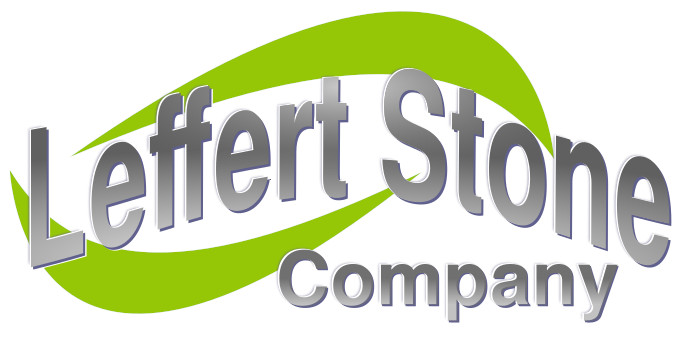Educational Videos
Mound Repair and Maintenance
This video is about Mound Repair as part of the Baseball Field Management Certificate Program at the Ohio State University.
Dragging and Raking
This video is an instructional video about Dragging and Raking as part of the Baseball Field Management certificate course from The Ohio State University.
Chaliking Foul Lines
This video is about Chalking Foul Lines as part of the Baseball Field Management Certificate Program at The Ohio State University.
Renovating a Pitcher's Mound
This video explains how to properly restore a baseball pitcher's mound using both clay bricks and mound clay.
Little League Mound Repair
This is a good demonstrative video as well because these guys are doing it without the benefit of a hose. It's done by the Little League Baseball World Series Grounds Crew. What is good about this video is their use of a sprinkling can to supply water and plastic bag to keep the clay from sticking to the tamp.
Post Game & Practice Baseball Field Maintenance
This video was produced by a New York Little League organization and shows in pretty good fashion seven steps for maintaining a field after games or practice.
Lip Removal
This video shows how to remove the "lip" that can build up around the pitcher's mound and along baselines. What this doesn't show is how to remove the lip and then reuse and lay the sod back down.
Using a Level Board
Beacon's head groundskeeper Paul Zwaska walks you through the importance of using the Level Board. What sets it apart is its design. The 54" width, relief angle, cutting edge, etc., all make it easier to maintain the surface grade of an infield skin. An excellent tool for leveling an entire infield or fixing problems around the bases, players' positions, home plate, or pitcher's mound. Available from Beacon at http://beaconathletics.com/store/hand-tools/beacon-level-board/
Mound building using clay bricks in the landing area
This is a time lapse photo series without sound of a mound being built in Oregon. These folks did some unique things. Forget the time capsule part, not required in mound building. They did however use gravel in the center area of their mound and second they lined the landing area with Mound Master Clay Bricks. The gravel would certainly cut down on the cost of the mound as it is not as expensive as clay. You would The bracket for holding the rubber is also unique and could be made easily with angle iron and a welder.
How To Take an Infield Soil Sample
Follow these simple steps to properly harvest your infield soil sample so it can be sent in for testing & analysis. Contact us and we will forward you a form by email to send with your sample for testing to have it charged to our account.
Lining the Field
This video courtesy of the Little League Organization provides tips on lining the areas around home plate and the foul lies on a baseball or softball field.




